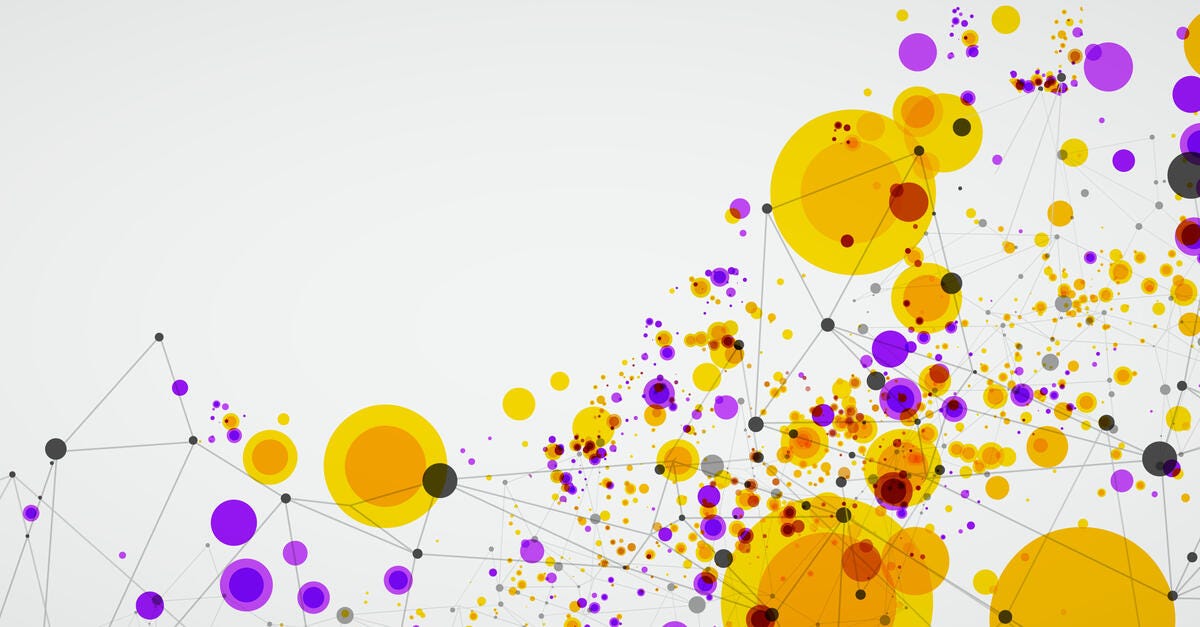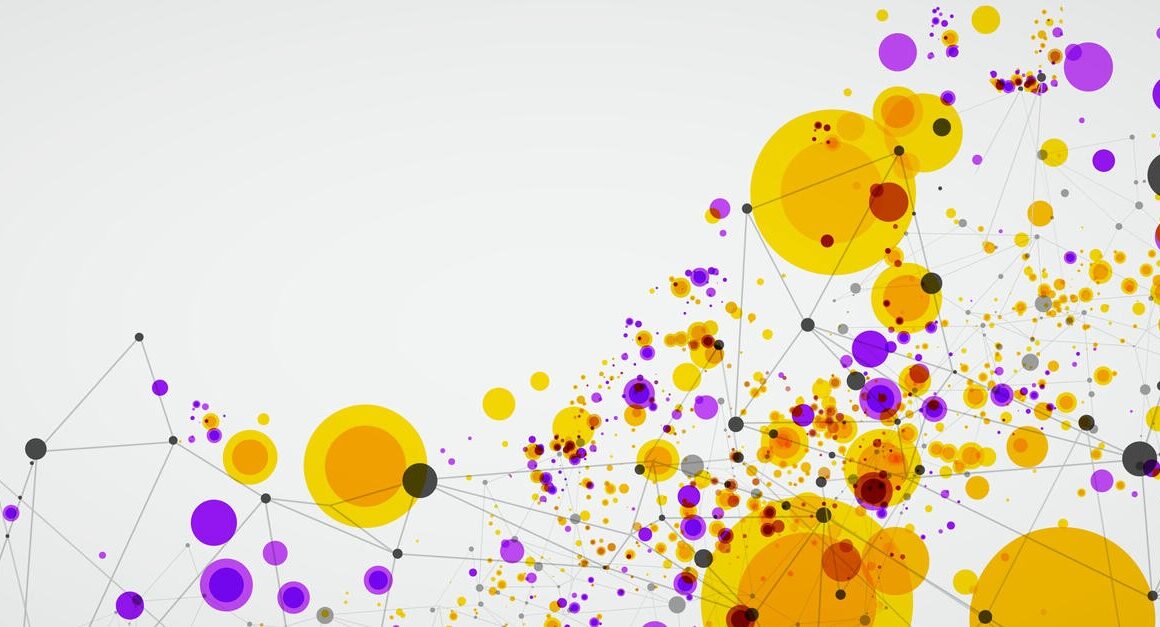Health Transformation Institute (HTI)
research institute and knowledge portal
Joaquim Cardoso MSc*
Chief Researcher, Editor, and Strategy Officer (CSO)
November 17, 2022
MSc* from London Business School — MIT Sloan Masters Program
Source: MIT Sloan School of Management
Executive Summary
What is the context? What is the productivity paradox?
- After years of decline, productivity is poised to accelerate.
- The next challenge is preparing workers, and making sure benefits aren’t distributed unequally.
- The last 15 years have brought what Stanford University professor Erik Brynjolfsson calls the “productivity paradox.”
- While there’s been continuing advances in technology, such as artificial intelligence, automation, and teleconferencing tools, the U.S. and other countries have seen flagging productivity.
But a productivity boom is coming soon:
- While there’s been continuing advances in technology, such as artificial intelligence, automation, and teleconferencing tools, the U.S. and other countries have seen flagging productivity
- But a productivity boom is coming soon,…
Where are the opportunities?
- He pointed to advances in technology, particularly artificial intelligence programs that are as good as — or better — than humans at some things.
- Businesses should now focus on incorporating the technology into work processes and preparing employees, he said, and policymakers should make sure its adoption doesn’t contribute to inequality.
Brynjolfsson predicted a productivity J-curve, …
- … in which productivity declines after a technology is introduced and then rises when businesses have been able to integrate technologies into their workflow, a trajectory over time that has a J-shape.
Outline of the publication:
- The productivity paradox: why productivity declined despite new technology
- The productivity boom: seeing gains from powerful technology
- The next challenge: making sure everyone benefits
ORIGINAL PUBLICATION (full version)

How to prepare for the AI productivity boom
MIT Sloan School of Management
Sara Brown
Jul 12, 2021
After years of decline, productivity is poised to accelerate. The next challenge is preparing workers, and making sure benefits aren’t distributed unequally.
The last 15 years have brought what Stanford University professor Erik Brynjolfsson calls the “productivity paradox.”
While there’s been continuing advances in technology, such as artificial intelligence, automation, and teleconferencing tools, the U.S. and other countries have seen flagging productivity.
But a productivity boom is coming soon, Brynjolfsson said at the recent EmTech Next conference hosted by MIT Technology Review.
While there’s been continuing advances in technology, such as artificial intelligence, automation, and teleconferencing tools, the U.S. and other countries have seen flagging productivity.
But a productivity boom is coming soon,…
He pointed to advances in technology, particularly artificial intelligence programs that are as good as — or better — than humans at some things.
Businesses should now focus on incorporating the technology into work processes and preparing employees, he said, and policymakers should make sure its adoption doesn’t contribute to inequality.
He pointed to advances in technology, particularly artificial intelligence programs that are as good as — or better — than humans at some things.
Brynjolfsson has been tracking the lag between introduction of artificial intelligence and corresponding productivity gains.
United States productivity grew by about 1.3% in the past decade, he said, compared to more than 2.8% in the late 1990s and early 2000s.
This productivity slowdown extends to other countries as well, according to research from the Organization for Economic Cooperation and Development.
United States productivity grew by about 1.3% in the past decade, he said, compared to more than 2.8% in the late 1990s and early 2000s. This productivity slowdown extends to other countries as well
Brynjolfsson predicted a productivity J-curve, …
… in which productivity declines after a technology is introduced and then rises when businesses have been able to integrate technologies into their workflow, a trajectory over time that has a J-shape.
Brynjolfsson predicted a productivity J-curve, … in which productivity declines after a technology is introduced and then rises when businesses have been able to integrate technologies into their workflow, a trajectory over time that has a J-shape.
“I think we’re near the bottom of that J-curve right now and we’re about to see the takeoff,” Brynjolfsson said.
Outline of the publication:
- The productivity paradox: why productivity declined despite new technology
- The productivity boom: seeing gains from powerful technology
- The next challenge: making sure everyone benefits

The productivity paradox: why productivity declined despite new technology
Lagging productivity can be explained two main ways, Brynjolfsson said.
- Mismeasurement
- Implementation and restructuring in businesses
Mismeasurement. Productivity is traditionally measured using a country’s gross domestic product, which is based on things that are bought and sold. But many digital goods — teleconferencing, smartphone apps, Wikipedia — are available for free. Even though people get some benefit from these goods, they don’t show up in productivity statistics. The information sector’s share of the economy has barely budged since the 1980s, Brynjolfsson noted. “I think most of us realize that’s just not a real representation of what’s going on,” he said.
Happiness surveys also fail to capture the complete picture. Brynjolfsson suggested a new metric called GDP-B that would measure the benefit people gain from items. “I think it’s far from perfect, but it’s a lot more precise than happiness, and I think it’s a lot more meaningful than GDP,” he said.
Implementation and restructuring in businesses. It isn’t enough to just add new technology to an organization. Companies need a complete paradigm shift. “To get the full benefit, leaders need to rethink business processes, management practices, and employee skills,” Brynjolfsson said.
This “intangible organizational capital” is essential for companies to see benefit from technological advances, but many companies put misplaced focus on technology itself.
“The complete reconceptualization of a business process takes a lot. More creativity, effort, and frankly, time, than simply plugging in new technologies into old business processes,” he said. “We just haven’t been doing that in most industries.”

The productivity boom: seeing gains from powerful technology
About a decade ago, machine learning programs had about 70% accuracy, Brynjolfsson said.
They have improved rapidly, to the point that they are now better than humans at identifying some things.
This makes it more likely that organizations will move to integrate this technology into their business practices as entrepreneurs and managers gravitate toward these often cheaper and more efficient approaches.
About a decade ago, machine learning programs had about 70% accuracy, Brynjolfsson said. They have improved rapidly, to the point that they are now better than humans at identifying some things.
“We don’t need any additional advances in technology to be able to have enormous effects on productivity and wages,” he said.
“What we do need is some significant changes in business processes. We need to rethink the way work gets done.”
“What we do need is some significant changes in business processes. We need to rethink the way work gets done.”
There are signs more businesses are taking advantage of artificial intelligence programs.
The 2021 AI Index report, which Brynjolfsson co-authored, found increases in not just the quality of artificial intelligence, but also business investment in the technology.
The biggest increase was in the field of drug discovery and other biological uses of AI, with a 4.5% increase in investment in drug discovery in the last year.
There are signs more businesses are taking advantage of artificial intelligence programs.
The biggest increase was in the field of drug discovery and other biological uses of AI, with a 4.5% increase in investment in drug discovery in the last year.
Powerful technology is available, and every organization has an opportunity to benefit from it, he said.
Successful firms will be prepared with the skills needed in the future, and leaders should focus on reskilling their workforce.
Powerful technology is available, and every organization has an opportunity to benefit from it, he said. Successful firms will be prepared with the skills needed in the future, and leaders should focus on reskilling their workforce.

The next challenge: making sure everyone benefits
Replacing labor with capital — and human work with technology — brings concerns about decreased wages and increased inequality.
Brynjolfsson’s research has documented how machine learning affects different skills and occupations, and found that there isn’t one occupation where machine learning could do all the different tasks.
While machine learning will likely reorganize work, it won’t mean the end of work or entire occupations, he said.
But the effects will likely be uneven. “The economic pie could get bigger, but that doesn’t mean everyone’s going to benefit,” Brynjolfsson said.
There’s been some evidence of this happening, he said, with his research also indicating machine learning is more likely to affect low-wage occupations.
Inequality isn’t inevitable, though.
Brynjolfsson argued that to a large extent, it is the result of tax and education policies.
He suggested three measures that companies, institutions, and policymakers can take to make sure all workers benefit from the productivity boom:
- Reskilling the workforce
- Adjusting tax policy
- Focusing on technologies that augment workers instead of replace them.
Reskilling the workforce. Taking advantage of AI and other technologies require different sets of skills. “I’m not just talking about more machine learning experts. I’m talking about people who do more creative work,” Brynjolfsson said. And while machines are able to do rote, repetitive work, companies will need people who are skilled at interpersonal, emotional connections.
Adjusting tax policy. Capital is taxed at a lower rate than labor, which might push companies to favor technology over workers. Brynjolfsson suggested leveling the playing field, or introducing measures such as earned income tax credits that help subsidize work.
Focusing on technologies that augment workers instead of replace them. Brynjolfsson said he is working on research that shows how technologists are focused on creating programs that replicate human skills. “While that may be a fun goal, it actually isn’t a particularly good one in terms of helping reduce inequality. It tends to drive down wages,” he said. “I’d rather have them focused on augmenting human labor.”
Originally published at https://mitsloan.mit.edu on November 16, 2022.
Names mentioned
Stanford University professor Erik Brynjolfsson












